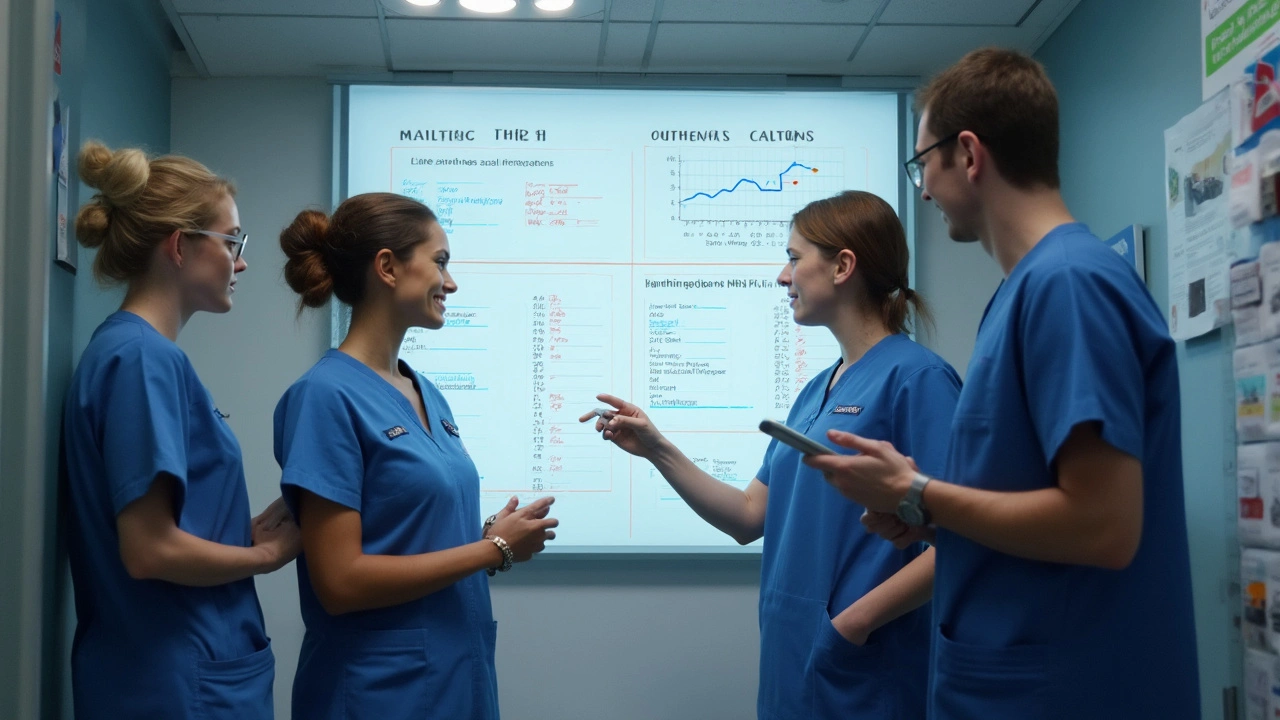Warfarin: How to Keep Your INR Stable and Manage Diabetes
If you take warfarin and also have diabetes, daily life can feel like a juggling act. One mistake with food or a missed dose can swing your INR and mess with blood‑sugar numbers. The good news? Simple habits keep both under control without endless lab visits.
What Is Warfarin and Why INR Matters
Warfarin is a blood‑thinner that stops clots from forming. Doctors measure its effect with the International Normalized Ratio (INR). The target range is usually 2.0‑3.0, but your doctor may set a different goal. Stay in that window and you lower the risk of stroke; fall outside and you risk bleeding or clots.
INR isn’t static—diet, other meds, and even illness can push it up or down. That’s why regular testing and a steady routine are key. When you add diabetes to the mix, the same variables affect blood‑sugar too, so you need a plan that covers both.
Tips for Balancing Warfarin with Diabetes
Know Your vitamin K foods. Leafy greens, broccoli, and Brussels sprouts contain vitamin K, which can lower warfarin’s effect. You don’t have to avoid them, just eat a similar amount each day. If you love spinach, aim for the same portion size at each meal.
Time your meals around your meds. Take warfarin at the same time every day, ideally with a light snack that doesn’t spike blood sugar. A piece of cheese or a small handful of nuts works well – they’re low‑carb and won’t flood vitamin K.
Watch carbs that raise blood sugar quickly. Sugary drinks, white bread, and pastries can cause rapid spikes, which sometimes trigger doctors to adjust warfarin doses. Choose whole grains, low‑glycemic fruits, and keep carbs consistent.
Keep a simple log. Write down the date, warfarin dose, INR result, blood‑sugar reading, and any major food changes. Over weeks you’ll see patterns and can discuss them with your pharmacist or doctor.
Stay hydrated. Dehydration can concentrate blood, affecting INR and glucose. Aim for 8 glasses of water a day, more if you exercise or live in a hot climate.
Ask before adding new meds. Over‑the‑counter painkillers, antibiotics, and even herbal supplements can interact with warfarin. A quick call to your pharmacy can prevent unexpected INR swings.
Plan for sick days. When you’re ill, appetite and activity shift, which can change both INR and blood sugar. Keep a backup supply of warfarin, monitor INR more often, and check glucose before meals.
All these steps sound like a lot, but start with one habit – maybe setting a daily alarm to take warfarin with the same breakfast. Once that’s solid, add a food log for vitamin K. Small changes add up to a stable INR and smoother diabetes control.
Need more help? Our post How to Balance Blood Sugar and INR: Warfarin and Diabetes Meal Planning Tips dives deeper into specific recipes and a week‑long meal plan. Browse the warfarin tag for more articles on dosing, interactions, and lifestyle tricks that keep you safe and healthy.
Warfarin and Type 2 Diabetes: Navigating Complex Drug Interactions for Better INR Control
Warfarin and type 2 diabetes often collide in everyday clinical practice, and the drug interactions can send INR readings on a wild ride. This article digs deep into how antidiabetic medications impact warfarin therapy and what clinicians need to watch for. You'll get real-world strategies for managing INR fluctuations, plus tips to help keep things stable for your patients. Learn about which medications present the biggest challenges and discover straightforward solutions you can use in your next clinic session. Perfect for doctors, pharmacists, and any healthcare professional juggling these two chronic conditions.
Learn more...